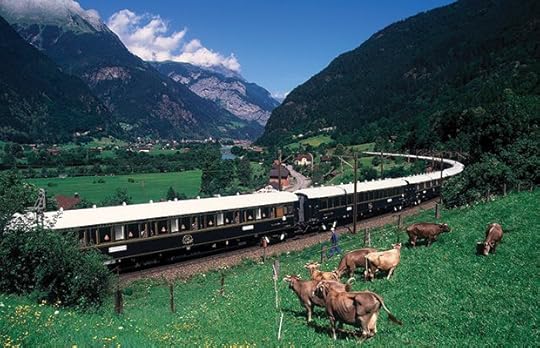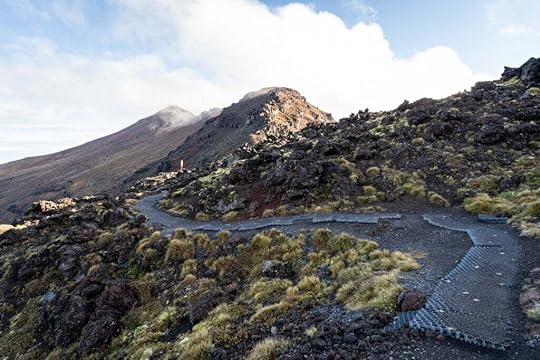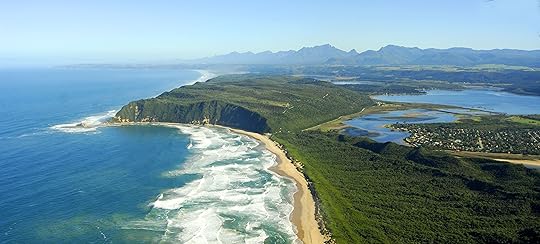 Moderators of NBRC’s
Comments
(group member since Jan 22, 2011)
Moderators of NBRC’s
Comments
(group member since Jan 22, 2011)
Moderators of NBRC’s
comments
from the Nothing But Reading Challenges group.
Showing 61-80 of 33,607
 Team Iceland Ring Road
Team Iceland Ring Road
Team Members
• Kelly (Captain)
• marie-anne (Co-Captain)
• Ashley (Co-Captain)
• Charlotte
• Jackie
• Andy
• Rina
• Laventeli
• Ariel
• megan
• Lindsay
Challenge Status Sheet: https://docs.google.com/spreadsheets/...
Team Sheet: (captains access only) https://docs.google.com/spreadsheets/...
 Jenny wrote: "Do you mean sign ups are closed? Edit please."
Jenny wrote: "Do you mean sign ups are closed? Edit please."Sorry, thank you. I am very tired. That was supposed to be 'now' instead of 'not'. Edit has been made.
 Sign ups are now officially closed for main players. All sign ups after this time will be placed on a reserve list.
Sign ups are now officially closed for main players. All sign ups after this time will be placed on a reserve list.
 Team Orient Express
Team Orient Express
Team Members
• Deanna (Captain)
• Tara (Co-Captain)
• Bernadette (Co-Captain)
• Alyana
• Kathy
• Kate
• Michelle's Empty Nest
• Steph
• Mary
• Triathlete_Reads
• Carrie
Challenge Status Sheet: https://docs.google.com/spreadsheets/...
Team Sheet: (captains access only) https://docs.google.com/spreadsheets/...
 Team The Gringo Trail
Team The Gringo Trail
Team Members
• Lisa from MN (Captain)
• Amanda (Co-Captain)
• Shannon (Co-Captain)
• Kirsten
• Maritza
• LaurLa
• Cindy
• Haley
• Alaina
• Joyce
• Roe
Challenge Status Sheet: https://docs.google.com/spreadsheets/...
Team Sheet: (captains access only) https://docs.google.com/spreadsheets/...
 Team Tongariro Alpine Crossing
Team Tongariro Alpine Crossing
Team Members
• Mel (Captain)
• Karen (Co-Captain)
• Julia (Co-Captain)
• christene_littlelibrary
• Elisabeth
• Claire
• VNerd
• Claire B
• Sophie
• Alysa
• Rebecca
Challenge Status Sheet: https://docs.google.com/spreadsheets/...
Team Sheet: (captains access only) https://docs.google.com/spreadsheets/...
 Team Trans-Siberian Railway
Team Trans-Siberian Railway
Team Members
• Judy (Captain)
• Christina (Co-Captain)
• Jessica S (Co-Captain)
• Lucy
• Keli
• Jhmingos
• Anna
• Jackie
• Lucy R
• Elli
• Paula
Challenge Status Sheet: https://docs.google.com/spreadsheets/...
Team Sheet: (captains access only)
https://docs.google.com/spreadsheets/...
 Team Wild Atlantic Way
Team Wild Atlantic Way
Team Members
• Keely (Captain)
• Melissa (Co-Captain)
• Heather (Co-Captain)
• Tati
• Elizabeth F
• Preeti
• Camilla
• Kaley
• Shan ~A~
• Suzanne
Challenge Status Sheet: https://docs.google.com/spreadsheets/...
Team Sheet: (captains access only) https://docs.google.com/spreadsheets/...
 Team Camino de Santiago
Team Camino de Santiago
Team Members
• Fiona (Captain)
• Teddie (Co-Captain)
• Tina (Co-Captain)
• Dhruti
• Nistha
• Cordelia
• Priya
• M
• Sharon A
• Apoorv
• Ashleigh
Challenge Status Sheet: https://docs.google.com/spreadsheets/...
Team Sheet: (captains access only) https://docs.google.com/spreadsheets/...
 Team Grand Trunk Road
Team Grand Trunk Road
Team Members
• Vicky (Captain)
• Shelby (Co-Captain)
• KayLynn Z (Co-Captain)
• Kat
• Ann
• Jade
• Diane
• Natasha
• StaceyC
• maria helena
Challenge Status Sheet: https://docs.google.com/spreadsheets/...
Team Sheet: (captains access only) https://docs.google.com/spreadsheets/...
 Team Route 66
Team Route 66
Team Members
• Jenny (Captain)
• Upton (Co-Captain)
• Angie (Co-Captain)
• Rebecca
• Vicki
• Melissa
• midnight
• Lavender
• Silje
• Gemma
Challenge Status Sheet: https://docs.google.com/spreadsheets/...
Team Sheet: (captains access only) https://docs.google.com/spreadsheets/...
 Team Mullerthal Trail
Team Mullerthal Trail
Team Members
• Eldarwen (Captain)
• Louise (Co-Captain)
• Stephie Be
• Elen
• Erin *Proud Book Hoarder*
• Janine
• Lara
• Tory
• Beatrice
• Caipi
• Audrey
• Lucy
Challenge Status Sheet: https://docs.google.com/spreadsheets/...
Team Sheet: (captains access only) https://docs.google.com/spreadsheets/...
 Team Garden Route
Team Garden Route
Team Members
• Judith (Captain)
• Lexi (Co-Captain)
• Catherine (Co-Captain)
• Denise
• Vi
• Lisa - Aussie Girl
• Melanie
• Steven
• Susan
• Lauri
• Cathy
• Laura crumpets
Challenge Status Sheet: https://docs.google.com/spreadsheets/...
Team Sheet: (captains access only) https://docs.google.com/spreadsheets/...

